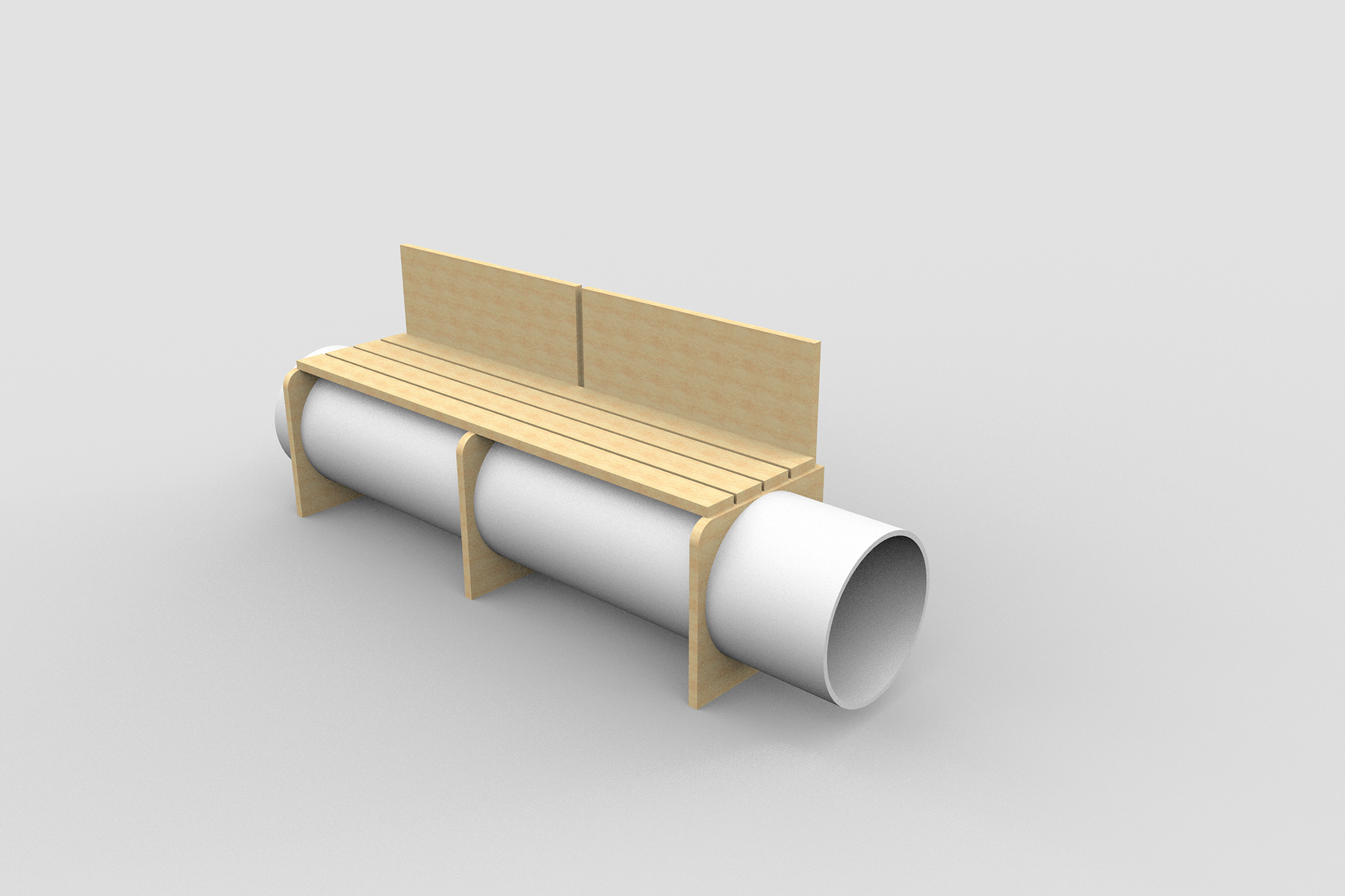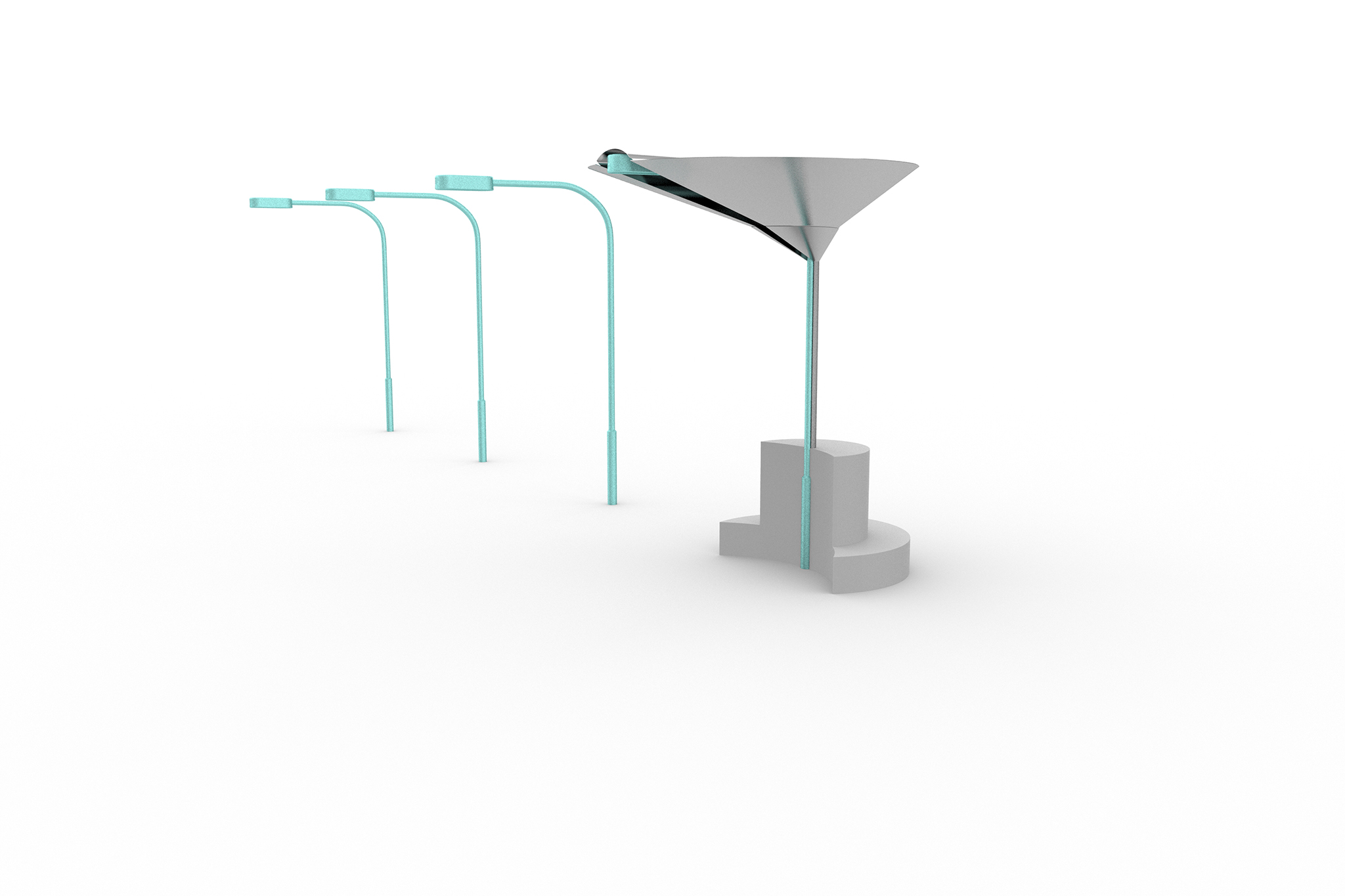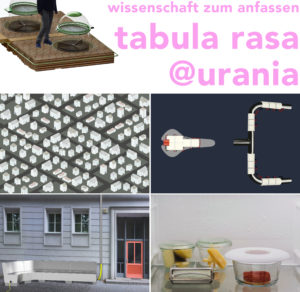AMULA
AMULA is a proposal on how to deal with rainwater in an urban context in the future. Collecting rain in a decentralized manner for local use, AMULA also aims to strengthen neighborhoods and raise awareness for the problems of the future.
FACT:
Climate change is no longer just a theory, a calculation by scientists about the possible effects of greenhouse gases on the global climate, it is now tangible, even if in Central Europe to a still modest extent. Nevertheless, it is getting hotter, year after year, and drier. The amount of precipitation is slowly but steadily decreasing. In 2019, for example, annual precipitation was 85% of the long-term average. This deficit is also having an impact on the city’s trees, and in the particularly dry years of 2018 and 2019, more than 7000 trees died in Berlin as result of a lack of water. Although the city already invests a lot of money in the irrigation of trees, especially young trees, it also needs the help of the population to provide the trees with sufficient water in summer.
ACT:
AMULA is a proposal to make this water supply easier. AMULA collects rainwater that would otherwise run off the roofs of residential buildings directly into the sewage system, where it would be mixed with regular wastewater, and makes it available directly at street level. In this way, the system makes it much easier to access water for watering trees, which can help encourage citizens to take more care of the trees in their neighbourhood. In addition, the rain barrels create a place to linger and relax, but also for gatherings and neighbourly exchanges, thanks to their shape as benches.
The intended material is stainless steel. Since the containers should remain filled with water even in winter, in order to store as much rain as possible for possible dry periods, and water expands when it freezes, the containers should be made of a resistant, durable material. In general, stainless steel is better suited to withstand all weather extremes than, for example, plastics, which would become brittle, especially with prolonged exposure to UV radiation.
To prevent the tanks from bursting in the event of freezing, the benches are designed with sloping sections so that the resulting pressure of the ice can be distributed. To ensure this, the tanks should also be filled to a maximum of 75% with water, which corresponds to about 300 litres of storage volume per bank.
The connection to the downpipe of the rain gutter is made by a so-called rain strainer, which can be connected to the first bank of a row via a flex pipe using a bayonet fitting. Due to the hollow concrete bases, the individual benches can be coupled to each other so that the water can be distributed evenly to all the connected tanks. The water is drawn off via a standard ¾-inch garden hose connection, which is equipped with a stop valve. This makes it possible to draw off the water simply by connecting a simple garden hose.
Hendrik Lucka, 5.sem WS 2020/21
Project:


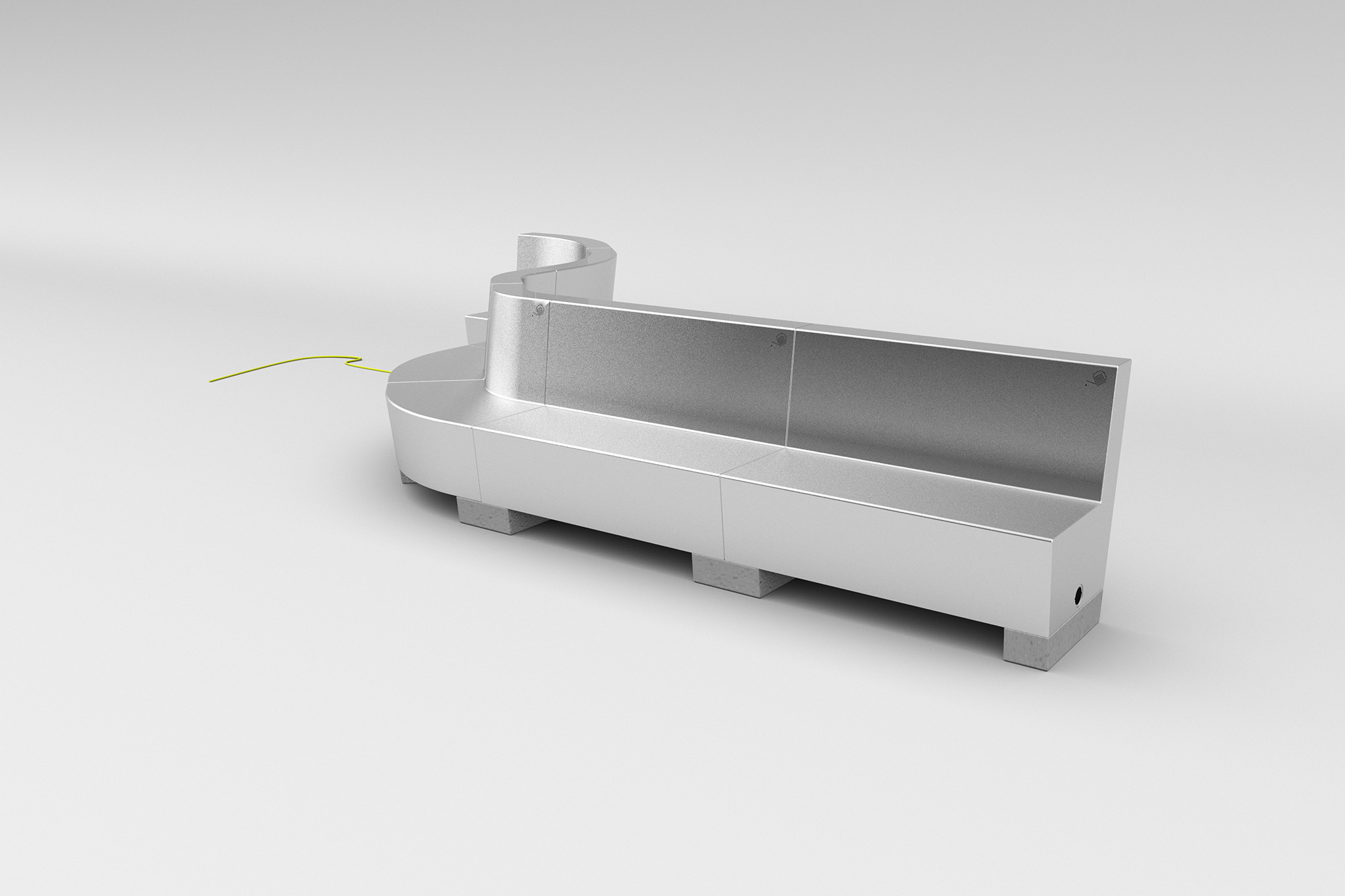

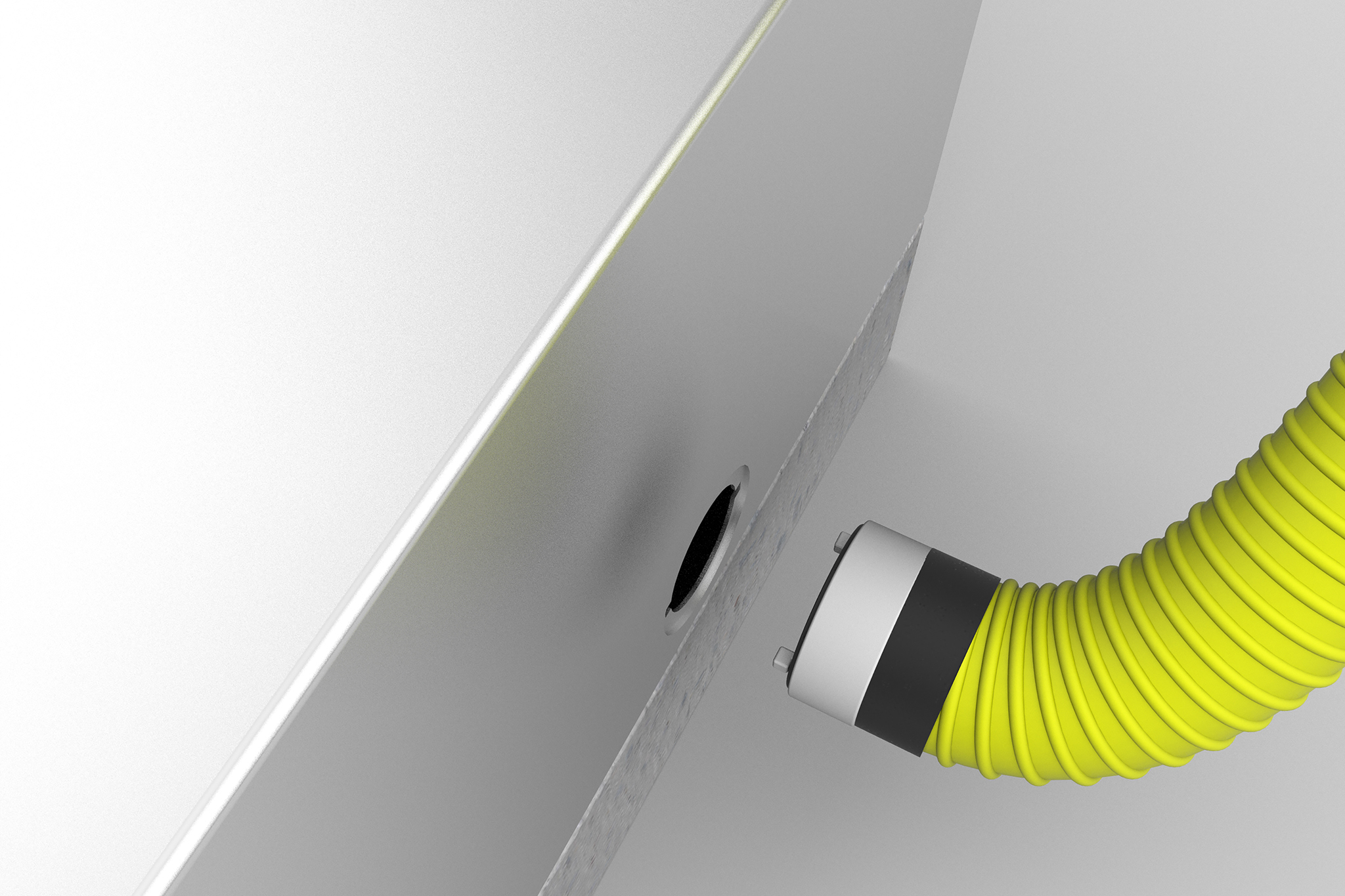


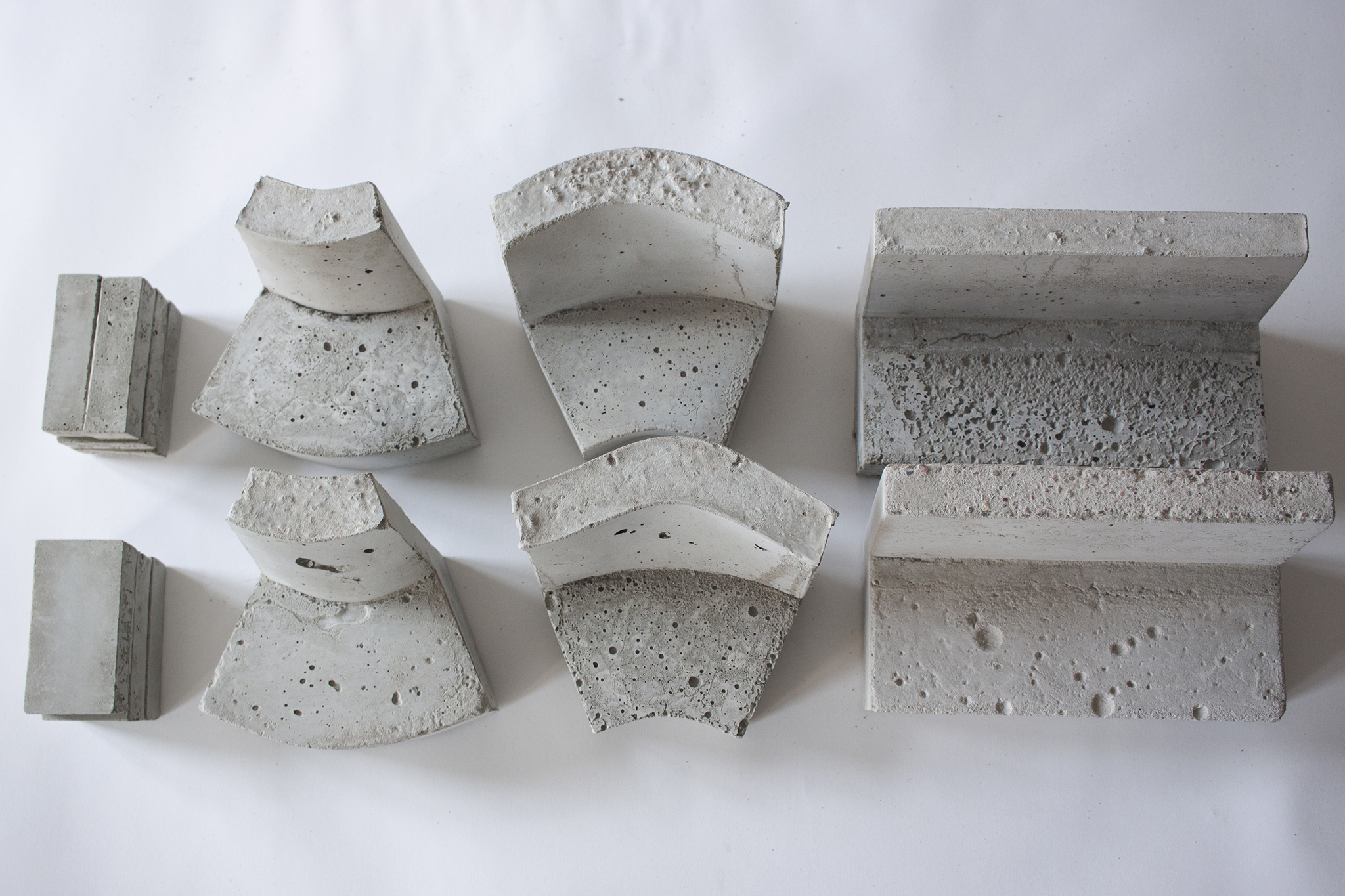
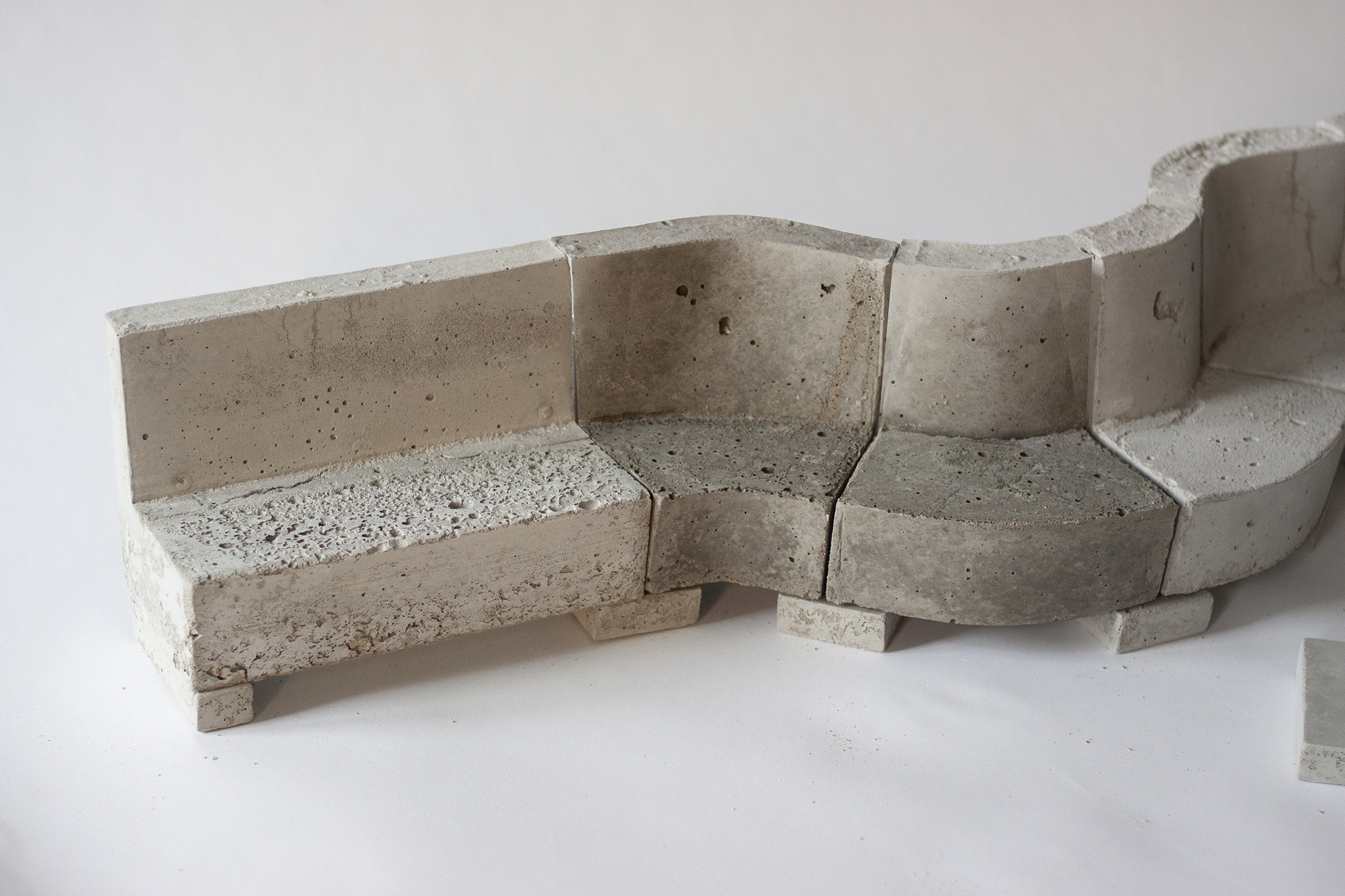

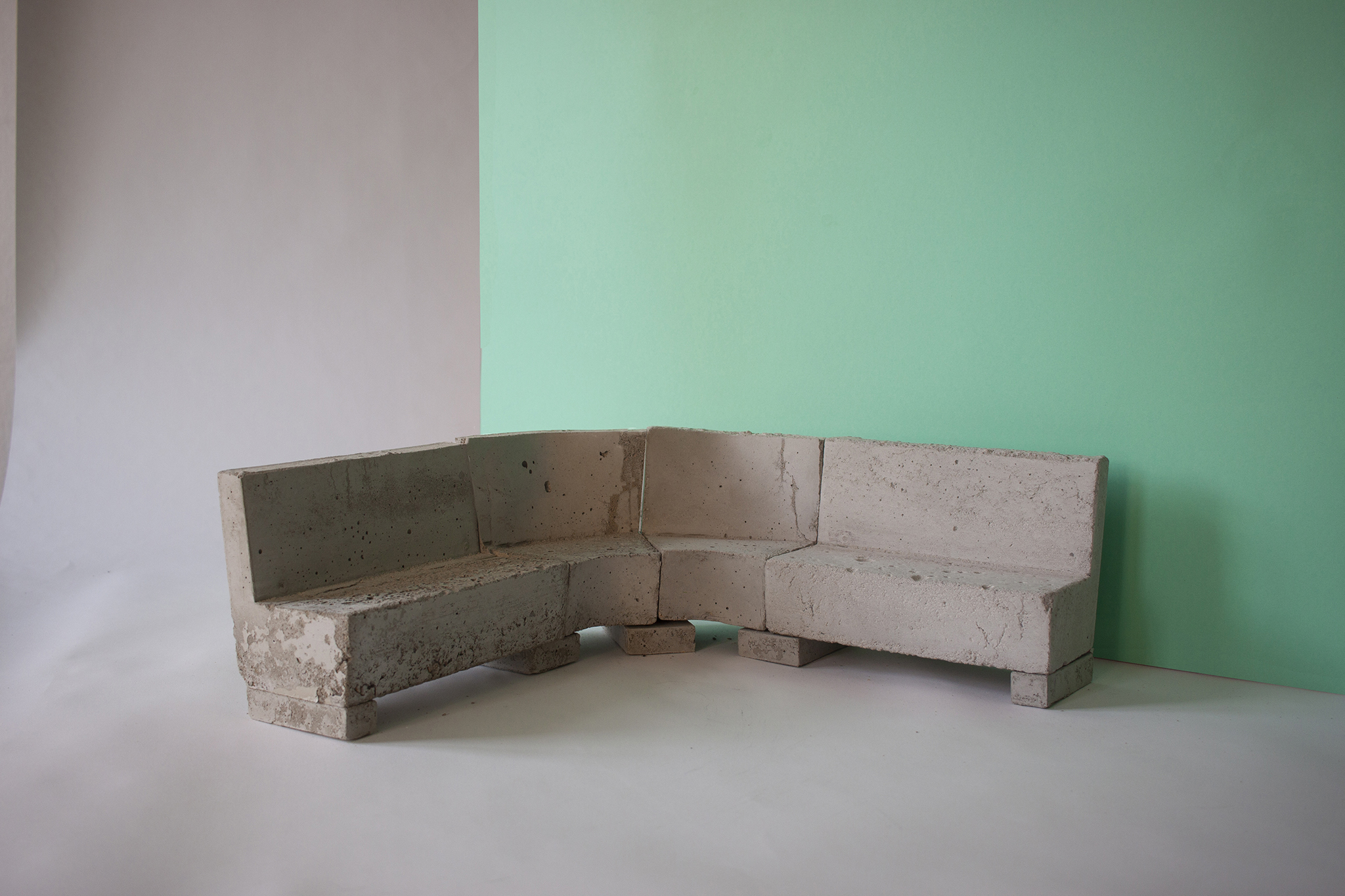
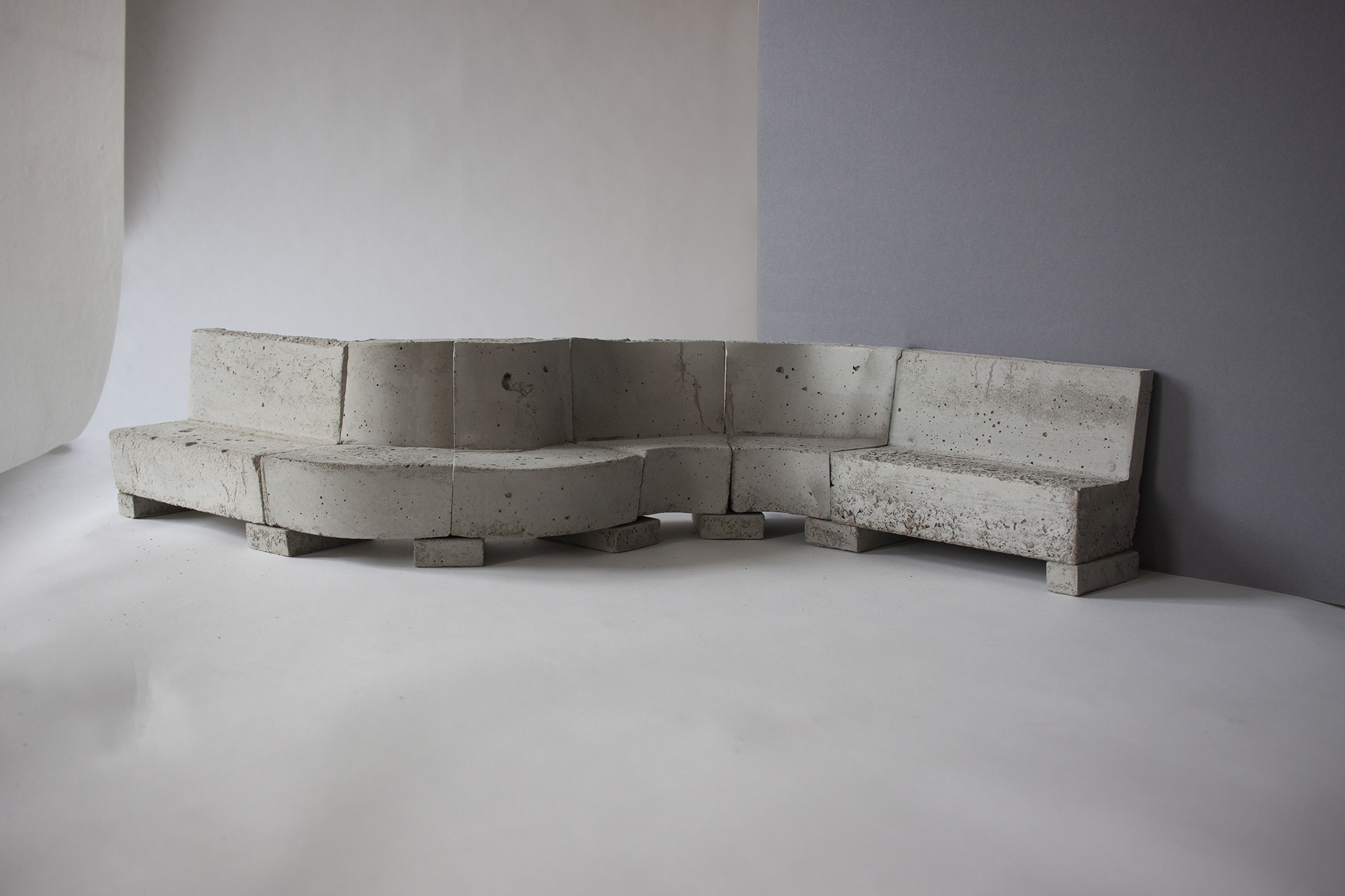
Process:

